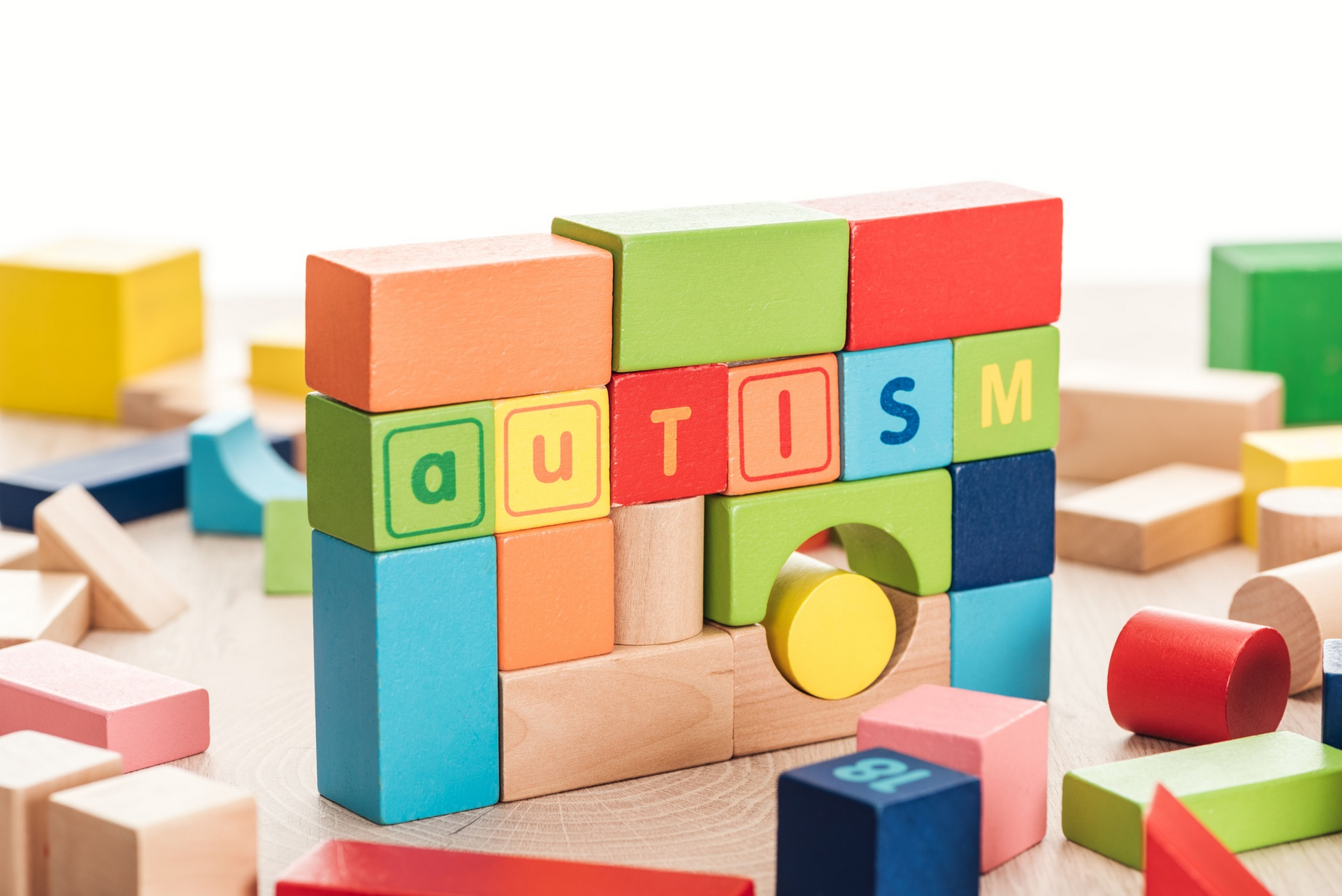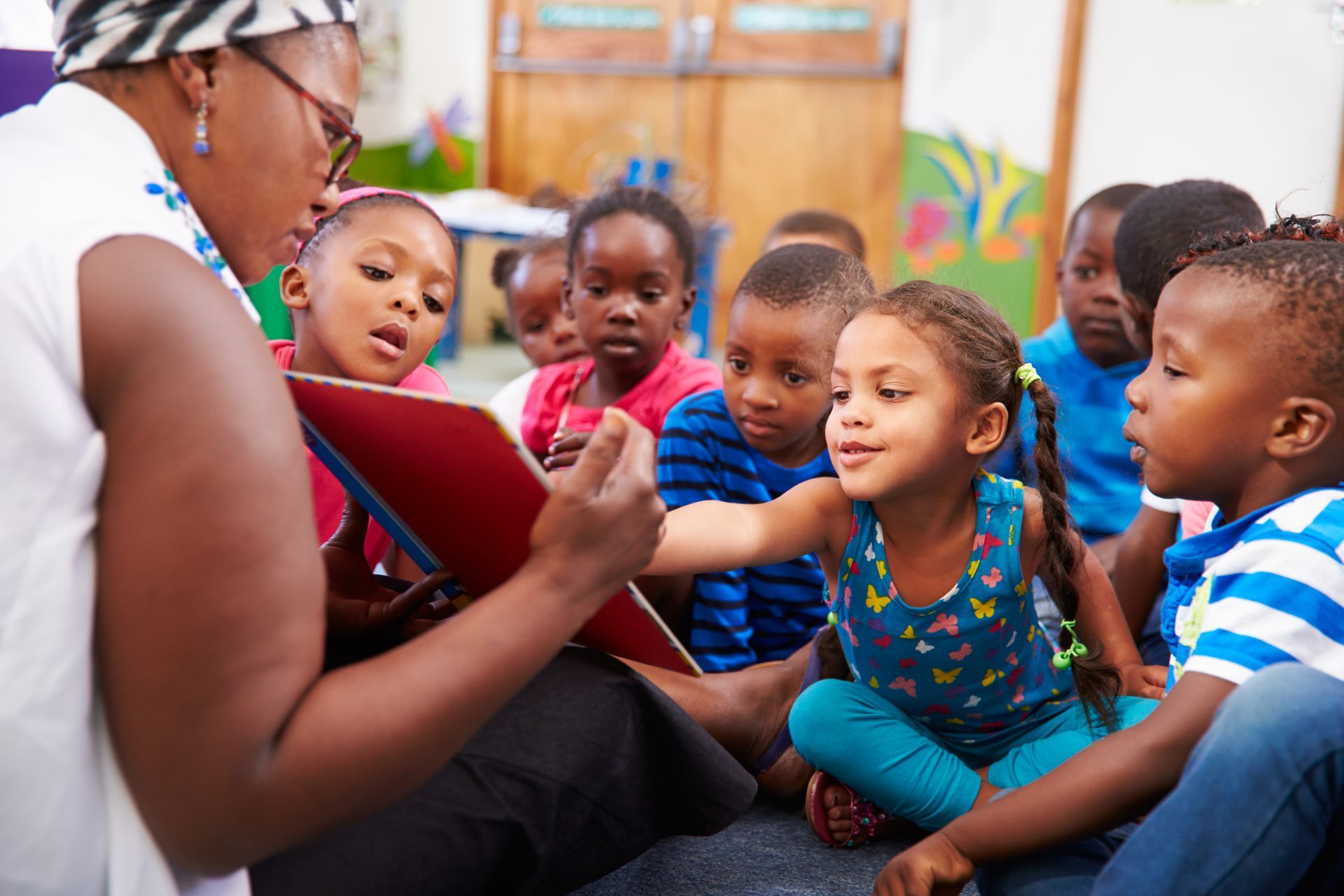Microschools: The Future of Personalized Education?

In the past few years, microschools have become a popular alternative to traditional educational systems. These intimate, community-focused schools deliver a personalized, flexible, and student-focused learning experience. As parents and teachers look for innovative educational solutions, microschools are emerging as an attractive option. But just what are microschools, and what is driving their growing appeal?
What Are Microschools?
There are few official government definitions of microschools, as they organize differently in various states. Their most known as small educational communities that, according to the National Microschooling Center, typically enrolls a median average of 16 students, with some having up to 100 students [3]. These schools often implement mixed-age classrooms and personalized instruction, resulting in a learning space that adapts to the specific needs of each child. Unlike traditional educational systems, microschools may not conform to a standardized curriculum, focusing instead on individualized educational models such as Montessori, project-based learning, or self-directed learning. They have attracted interest for their ability to provide effective support to neurodiverse learners, including those with autism, ADHD, and dyslexia.
Research and Trends:
School Focus & Structure
Survey research of 400 microschool founders across 41 states conducted by the National Microschooling Center (2024) highlights several common commitments, priorities, and objectives that create a cohesive effect within this burgeoning movement. A notable example is that 63% of microschools serve children with neurodiversity and 53% accommodate other special needs. Additionally, 53% of students enter these schools 2 or more grades behind their expected educational level, and 45% have experienced emotional trauma [1].
The American Microschools Sector Analysis report indicates that microschools' identified educational approaches include: project-based learning (60%), self-directed learning (60%), social-emotional learning foundations (52%), Montessori (28%), religious or faith-based instruction (27%), and classical education (16%), with many schools employing a mixture these approaches [2]. More than half, 55%, of microschools offer full-time weekly schedules, defined as at least 4 days per week and 4 hours per day, while 28% offer part-time/hybrid schedules [1].
Currently, 55% of microschools operate under the homeschooling guidelines established by their states. Additionally, 37% are licensed private schools, which may be either accredited or unaccredited, while 6% are designated as public charter schools. Furthermore, 3% are categorized as microschools or learning pods specifically in Georgia and West Virginia [2].
The majority of microschools, accounting for 40%, are typically located in commercial buildings, frequently occupying former retail or light industrial/warehouse spaces. Following this, churches represent the second most prevalent setting at 24%, regardless of whether the microschool has a formal affiliation with the ministry or is just utilizing the available space. Additionally, 20% of microschools are located in private residences [2].
The Students
In 2022, researchers Paul DiPerna and Michael McShane estimated that approximately 1.1 to 2.1 million children were enrolled in microschools as their primary educational institution. This sector is predominantly oriented towards younger learners, as evidenced by 85% of schools serving children aged 5 to 11, 66% catering to ages 12 to 14, and 36% focusing on students aged 15 to 18. According to reports from microschool founders, 12% of the children they serve come from families with household incomes above the regional average. In contrast, 48% represent the average income level, 2% are slightly below average, and 12% come from families with significantly lower incomes [2].
Forty percent of students previously attended traditional, district-operated public schools. Homeschooling was the second most common setting, accounting for 33%. Additionally, 10% of students previously attended private schools, while 4% came from public charter schools. The category labeled as "Uncertain" comprised 13% of the responses [2].
The Staff
The majority founders of active microschools identify themselves as professional educators. Specifically, 38% possess current teaching licenses, while 33% hold educator licenses that are inactive. Of this group, 65% identify as white. In contrast, 17% of founders are black or African-American. Additionally, 6% are Asian, while 7% of founders identify as Hispanic, Latino, or of Spanish origin [2].
Benefits of Microschools
There are various benefits associated with microschools that resonate with both parents and educators:
- Personalized Learning: With smaller class sizes, microschools allow educators to provide instruction tailored to each student's unique needs and learning styles. This individualized approach can be especially beneficial for neurodiverse students who may struggle in larger, more traditional classroom settings.
- Flexible Learning Environments: Microschools often offer adaptable schedules and curricula, enabling them to accommodate the specific requirements of neurodiverse learners. This allows students to learn at their own pace, utilizing curricula and materials that align with their individual strengths and interests.
- Inclusive Community: The tight-knit community promotes deeper connections among students, teachers, and their families, fostering a sense of belonging and acceptance. For neurodiverse students, this supportive environment can enhance students’ social and emotional well-being, helping them build confidence and develop essential interpersonal skills.
- Innovative Teaching Methods: Many microschools often employ alternative education methods such as Montessori, inquiry-based, tech-driven, and project-based learning, which encourage critical thinking and problem-solving. These approaches can be particularly engaging for neurodiverse students, allowing them to explore topics deeply in ways that resonate with their cognitive preferences.
Challenges and Considerations
Although microschools provide numerous advantages, they are not without their challenges:
- Cost and Accessibility: Because microschools are typically privately funded ventures, the associated tuition can be a barrier for some families. The most common annual tuition/fees for microschool respondents is between $5,000 and $10,000 (43%), followed by under $5,000 (30%), between $10,000-15,000 (17%), between $15,000-$20,000 (15%), and 3% charge over $20,000 [2]. However, many states have implemented education savings accounts or vouchers to help offset these costs.
- Accreditation and Regulation: The legal landscape surrounding accreditation and teacher certification for microschools can vary significantly based on the specific state or country.
- Finding the Right Fit: Because each microschool operates differently, parents need to research and visit schools to ensure alignment with their educational philosophy and child's needs.
The Future of Microschools
The microschool movement is gaining momentum, driven by a growing discontent with conventional educational systems and a desire for more customized learning experiences. As an increasing number of families and educators adopt this model, increased policy support and innovative developments within the education sector may be witnessed. Microschools have the potential to lead the way to a more adaptable and efficient future in education.
Conclusion
Microschools are transforming the educational landscape by emphasizing small, student-centered settings that promote tailored and interactive learning experiences. Despite certain challenges, the advantages they offer present a persuasive alternative to conventional schooling. For parents and educators alike, delving into the realm of microschools may unveil promising new possibilities for the future of education. Their growth illustrates a wider shift in educational approaches that focus on flexibility, tailored learning experiences, and inclusivity, with the goal of accommodating the diverse requirements of all learners.
Are you considering a microschool for your child? If so, we may be the option you’re looking for. Inquire now.
References:
1. McShane, M. Q. & DiPerna, P. (September 12, 2022). Just How Many Kids Attend Microschools. EdChoice. Retrieved from https://www.edchoice.org/engage/just-how-many-kids-attend-microschools
2. Soifer, D. & Soifer, A. (April 2024). American Microschools: A Sector Analysis. Retrieved from https://www.the74million.org/wp-content/uploads/2024/04/2024-American-MIcroschools-Sector-Analysis.pdf
3. Soifer, D. & Soifer, A. (Oct 24, 2024). Microschools' Capacity Allows (Some) Room to Grow. National Microschooling Center. Retrieved from https://microschoolingcenter.org/news-blog/capacity









